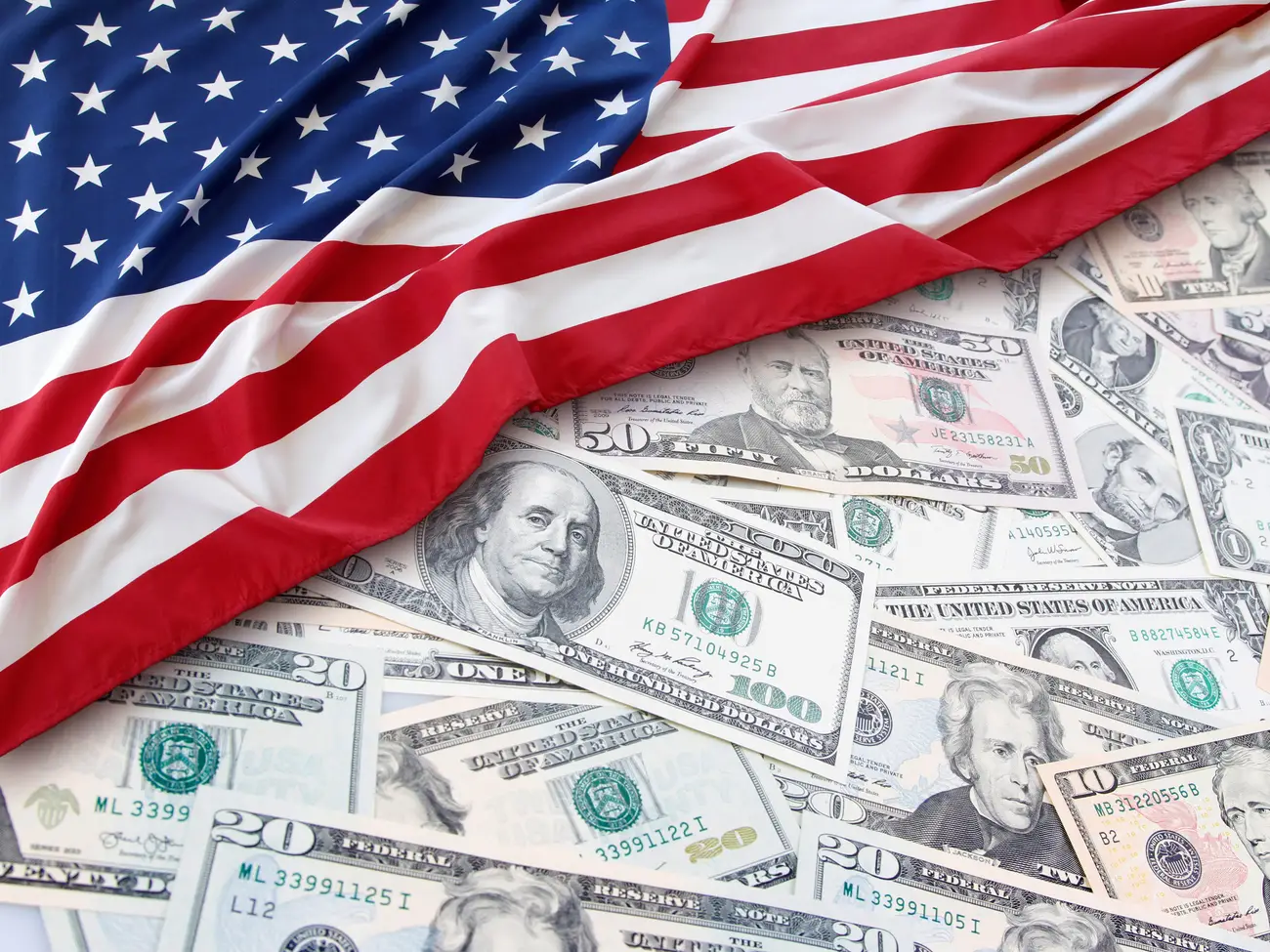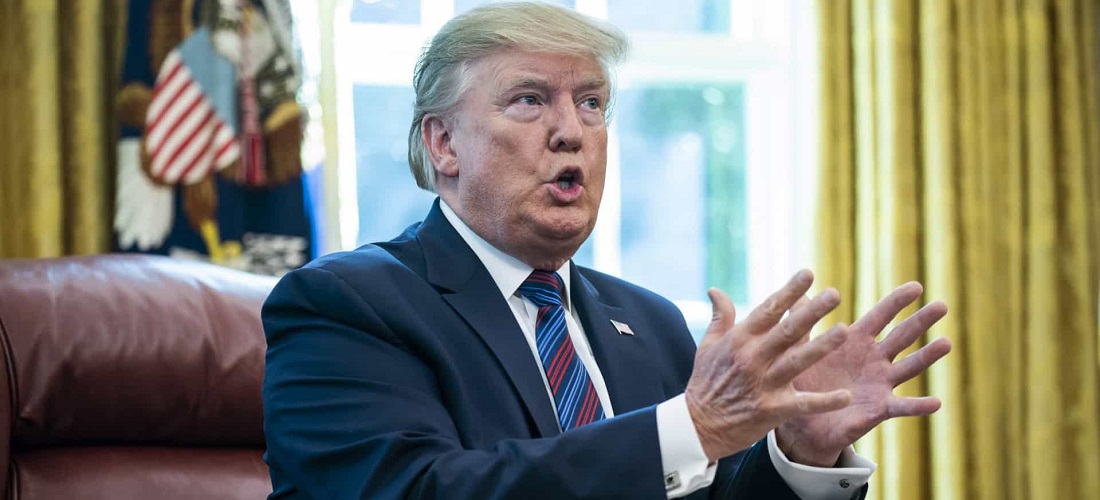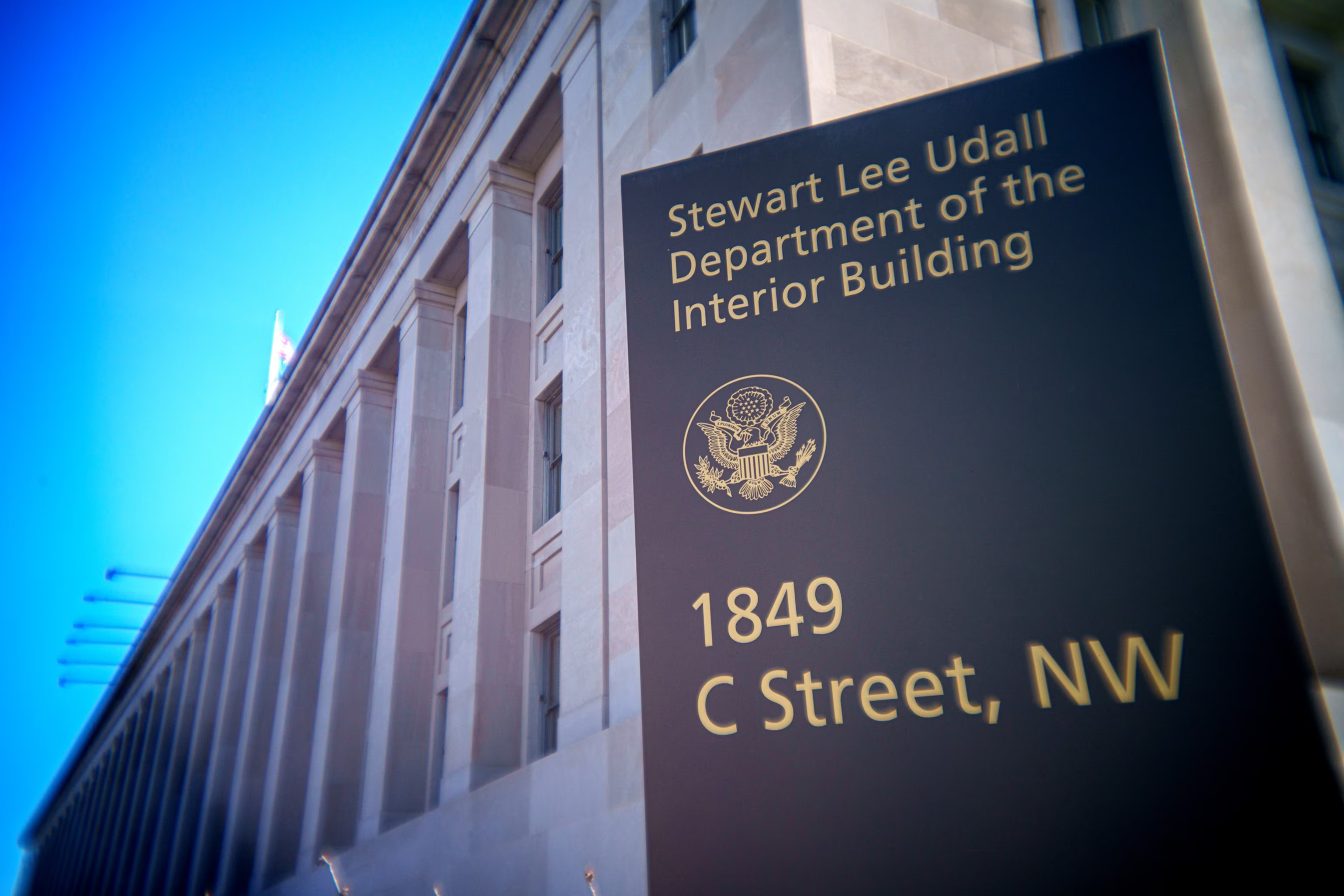The Expansion of Wealth in the United States
According to the UBS Global Wealth Report 2025, approximately 400,000 Americans acquired millionaire status in 2024, representing an average of 1,000 new millionaires daily. This phenomenon demonstrates the continuous expansion of private wealth in the United States, which currently counts 24 million millionaires, equivalent to 40% of the global millionaire population, estimated at 60 million individuals.
This trend results from multiple economic factors, including stock market appreciation, increased residential real estate values, and strong post-pandemic economic recovery. According to additional data from CNBC, the S&P 500 index registered an average annual growth of 11.2% over the past five years, significantly contributing to the wealth increase of American investors.
Global Distribution of Millionaires
From a comparative international perspective, the number of millionaires in the United States exceeds the combined total of China and all of Western Europe.
Mainland China occupies the second position with 6.3 million millionaires, less than one-third of the American total, despite its population of 1.4 billion people. The growth of millionaires in China was approximately 380 individuals per day in 2024, reflecting a 2.3% increase compared to 2023.
In the global context, more than 680,000 individuals achieved millionaire status in 2024, a growth of 1.2% compared to the previous year. The billionaire segment, however, remained relatively stable, with a modest increase to 2.9 million members worldwide.
The Everyday Millionaires (EMILLIs) Phenomenon
The UBS report introduces the concept of “EMILLIs” (Everyday Millionaires), which classifies individuals with wealth between $1 million and $5 million. This group reached 52 million people globally, showing an 18% growth since 2019.
Collectively, EMILLIs control approximately $107 trillion in wealth, an amount that approaches the $119 trillion held by individuals with assets exceeding $5 million.
According to CNBC’s analysis, this segment is expanding primarily due to the increasing value of residential properties and greater accessibility to diversified investment instruments through digital platforms.
Regional Patterns of Wealth Growth
In 2024, the Americas led global wealth generation, with personal wealth growth exceeding 11%. This performance significantly surpassed the 3% growth observed in the Asia-Pacific region and the practically stagnant result in the EMEA region (Europe, Middle East, and Africa). By the end of 2024, the United States held approximately 35% of global wealth, while Mainland China possessed about 20%, with the remaining 46% distributed among all other nations.
According to economists consulted by CNBC, this regional disparity reflects significant differences in monetary policies, financial market structures, and regulatory conditions that facilitate wealth generation and preservation. The American financial system, with its market depth and diversity of investment instruments, continues to provide favorable conditions for wealth multiplication.
Definition and Measurement of Wealth
The UBS Global Wealth Report defines wealth as the total sum of financial assets and tangible assets (including real estate) owned by individuals, minus their debts. This standardized methodology allows for precise international comparisons.
Although the United States leads in absolute numbers of millionaires, Switzerland presents the highest average per capita wealth: $687,166, compared to $620,654 for Americans. This statistic, however, must be contextualized considering Switzerland’s population of 9 million inhabitants, in contrast to 340 million Americans.
CNBC emphasizes that wealth distribution in the United States remains significantly unequal. Approximately 7% of the American adult population has millionaire status, while the poorest 50% hold only 2.6% of the total national wealth. This disparity has important socioeconomic implications that transcend aggregate statistics of wealth growth.
Future Projections and Market Dynamics
Projections indicate that an additional 5.34 million individuals should achieve millionaire status by 2029, representing a 9% increase compared to 2024 levels.
UBS economist James Mazeau observes in a statement to CNBC: “Forecasting the wealth growth of American households for this year presents significant analytical challenges. Growth may be lower than the previous year, without necessarily implying a trend reversal or negative wealth creation.”
CNBC also reports that factors such as interest rates, fiscal policy, and demographic trends should significantly influence wealth creation in the coming decades. A complementary study by the McKinsey Global Institute suggests that intergenerational wealth transfer over the next 25 years could exceed $68 trillion in the United States, potentially altering the demographic composition of the millionaire class.
The Luxury Market Paradox
Despite wealth expansion and the growing number of high-income individuals, Bain and Company projects a 5% contraction in the global luxury goods market for 2025 – the sharpest decline since the 2009 financial crisis, excluding the 2020 pandemic period. In 2024, the Americas represented 28% of the global luxury market of $418 billion, totaling $115 billion after a 1% reduction in sales.
This apparent paradox evidences a fundamental principle of wealth building: individuals frequently achieve millionaire status through disciplined saving and consistent investments, rather than conspicuous consumption. This observation corroborates the conclusions of the study “The Millionaire Next Door” by Thomas Stanley and William Danko, published in 1996, which documented similar patterns of wealth accumulation through conservative financial habits and investment discipline.
Additional data from CNBC reveals that 67% of American millionaires are self-made (built their own wealth), 18% inherited a significant portion of their wealth, and 15% inherited all of their assets. Among self-made millionaires, the majority accumulated wealth gradually over decades, with only 4% having achieved this status before age 40.
Socioeconomic Implications
The growing number of millionaires has important implications for the global economy and public policies. According to CNBC’s analysis, regions with higher concentrations of high-net-worth individuals tend to present more valued real estate markets, higher per capita tax collection, and more robust entrepreneurial ecosystems.
However, this phenomenon can also intensify socioeconomic inequalities, especially in regions where wealth growth disproportionately benefits already privileged segments of the population. Economists interviewed by CNBC highlight the importance of policies that promote economic mobility and equitable access to wealth-building opportunities.
The UBS report also indicates a growing trend among millionaires to prioritize investments with ESG criteria (Environmental, Social, and Governance), with 73% of American millionaires considering sustainability factors in their investment decisions, compared to 47% in 2019.
Contact us today through our WhatsApp to discover how we can help you achieve success in the United States. Together, we can turn dreams into reality.
Information source: forbes.com | cnbc.com



